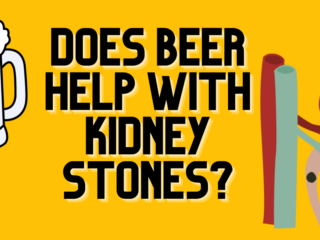Also called: diabetes mellitus
Diabetes is a condition that an estimated 34.2 million Americans deal with, 7.3 million of whom are undiagnosed. Diabetes is a chronic health condition that occurs when the body doesn’t make enough insulin or can’t use the insulin it has properly.
What is Insulin?
The pancreasâa 6-inch organ located behind the stomachâproduces the hormone insulin. Insulin is critical for the body to ensure blood sugar (blood glucose) can be added to the body’s cells for energy. In people with diabetes, the blood sugar instead builds up in the bloodstream, causing health problems.
Type 1 vs Type 2 Diabetes
There are two main forms of diabetes: type 1 and type 2.
Type 1 Diabetes
Healthcare providers diagnose someone with type 1 diabetes when their body does not produce insulin. Experts believe that type 1 develops when the immune system malfunctions and instead attacks the pancreas, destroying its ability to produce insulin.
Doctors typically diagnose this type in children and young adults, and about 5% of diabetes diagnoses are of type 1 cases.
Type 2 Diabetes
Type 2 diabetes makes up the other 95% of diagnoses and typically develops later in life.
In this case, the body doesn’t make enough insulin or doesn’t use insulin well. This inability to manufacture or use insulin properly leads to high blood sugar. Over time, the body also becomes more and more resistant to insulin, further increasing the risk of complications.
Disclaimer: this article does not constitute or replace medical advice. If you have an emergency or a serious medical question, please contact a medical professional or call 911 immediately. To see our full medical disclaimer, visit our Terms of Use page.








